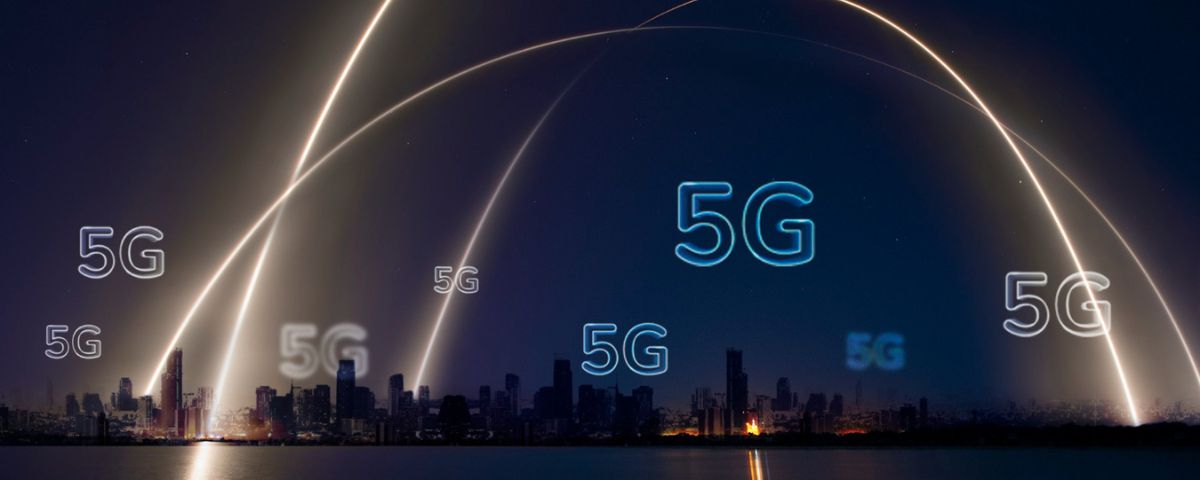
The initial iteration of 5G, known as non-standalone (NSA), relies on a 4G core network to anchor the new 5G radio access network (RAN) and has successfully reached over a billion subscribers globally. However, the subsequent version, 5G standalone (SA), which eliminates the need for a 4G anchor network and supports advanced technologies like Voice over 5G New Radio (VoNR) and network slicing, faces deployment challenges. As of the fourth quarter of 2022, only 39 operators worldwide have deployed 5G SA, a stark contrast to over 200 5G NSA networks and over 700 LTE networks capable of implementing 5G SA networks.
Some major operators, including T-Mobile in the US, have embraced 5G SA, while others, such as BT and Verizon, cite the complexity of transitioning to the new core infrastructure as a significant hurdle. Although 5G SA enables the potential for running voice calls over 5G (VoNR), the implementation has been slow, with many 5G NSA networks still relying on 4G for voice calls. Dish Network, lacking a 4G network, faced challenges with VoNR but has gradually expanded its services.
Network slicing, a highly anticipated feature of 5G SA, allows operators to allocate specific network capacity for distinct customers and use cases. This capability is expected to enhance service reliability and speed. UScellular is leveraging 5G SA to apply network slicing to its fixed wireless access (FWA) service. T-Mobile has also created a dedicated network slice for race operations at the Las Vegas Grand Prix Pit Building.
Looking ahead, the evolution of 5G technology continues with the upcoming Release 18, officially termed “5G-Advanced” by the 3GPP (3rd Generation Partnership Project). Release 18, scheduled for full release in early 2024, is anticipated to introduce improvements in network energy efficiency and AI networking applications.



